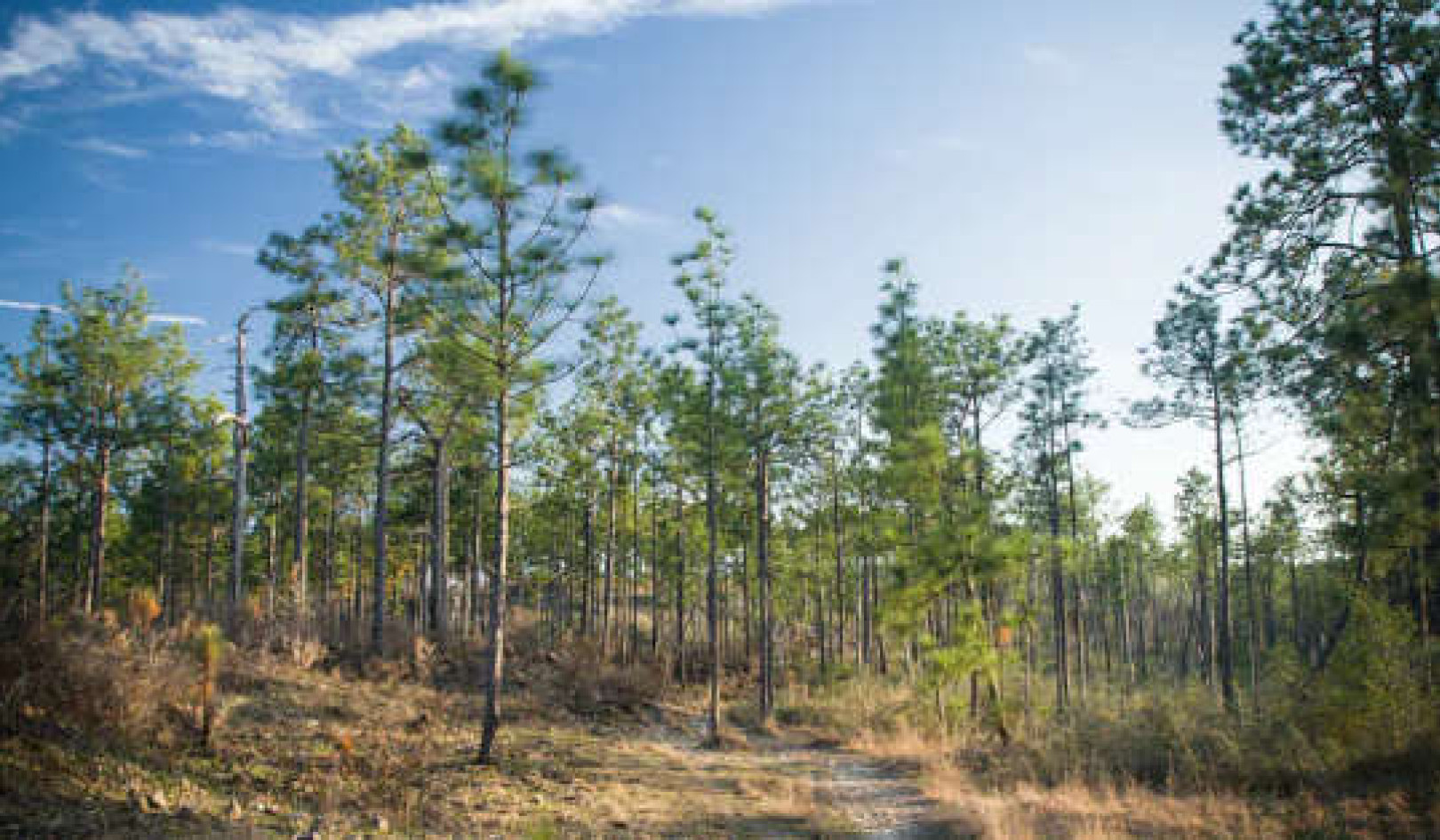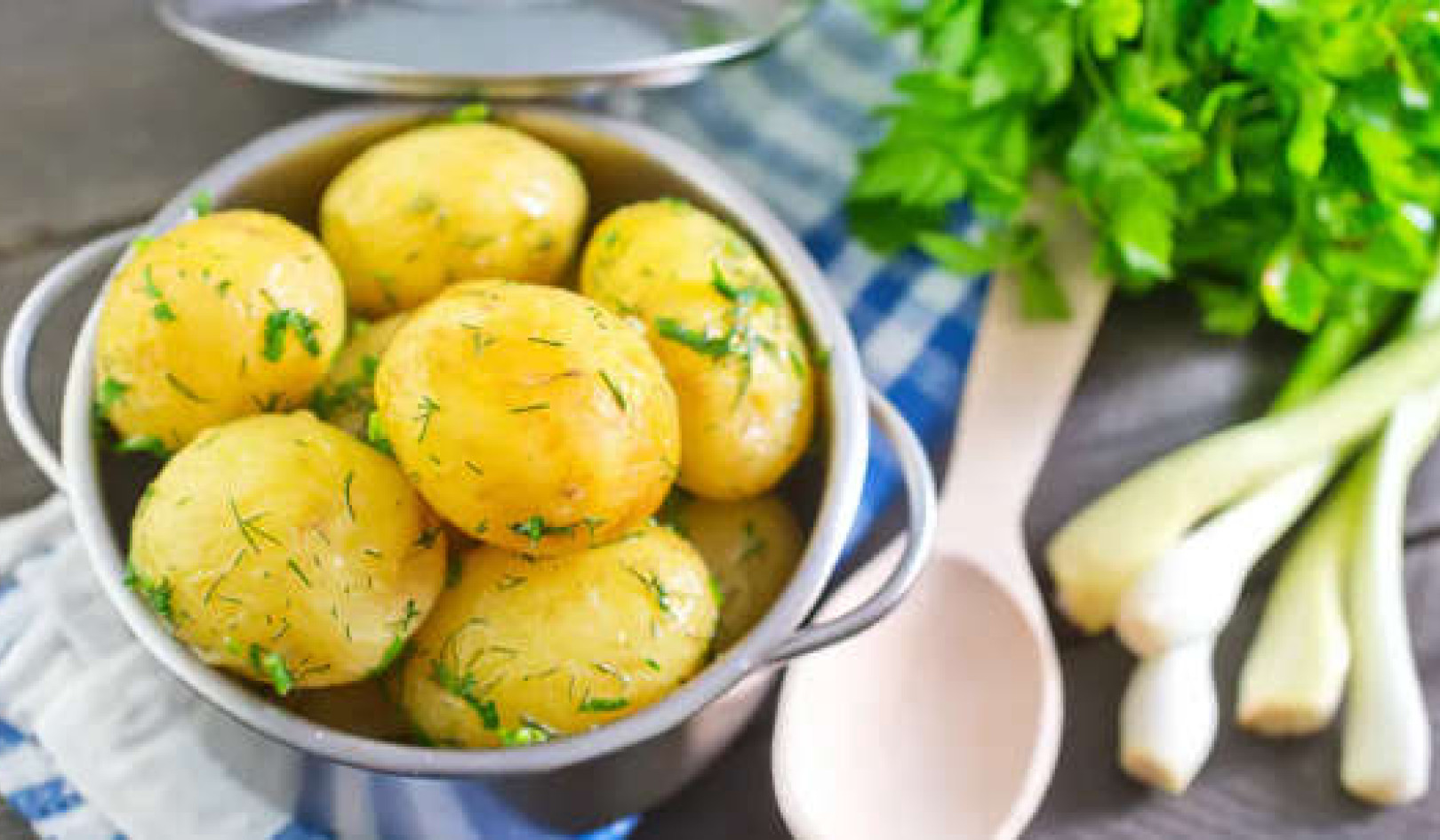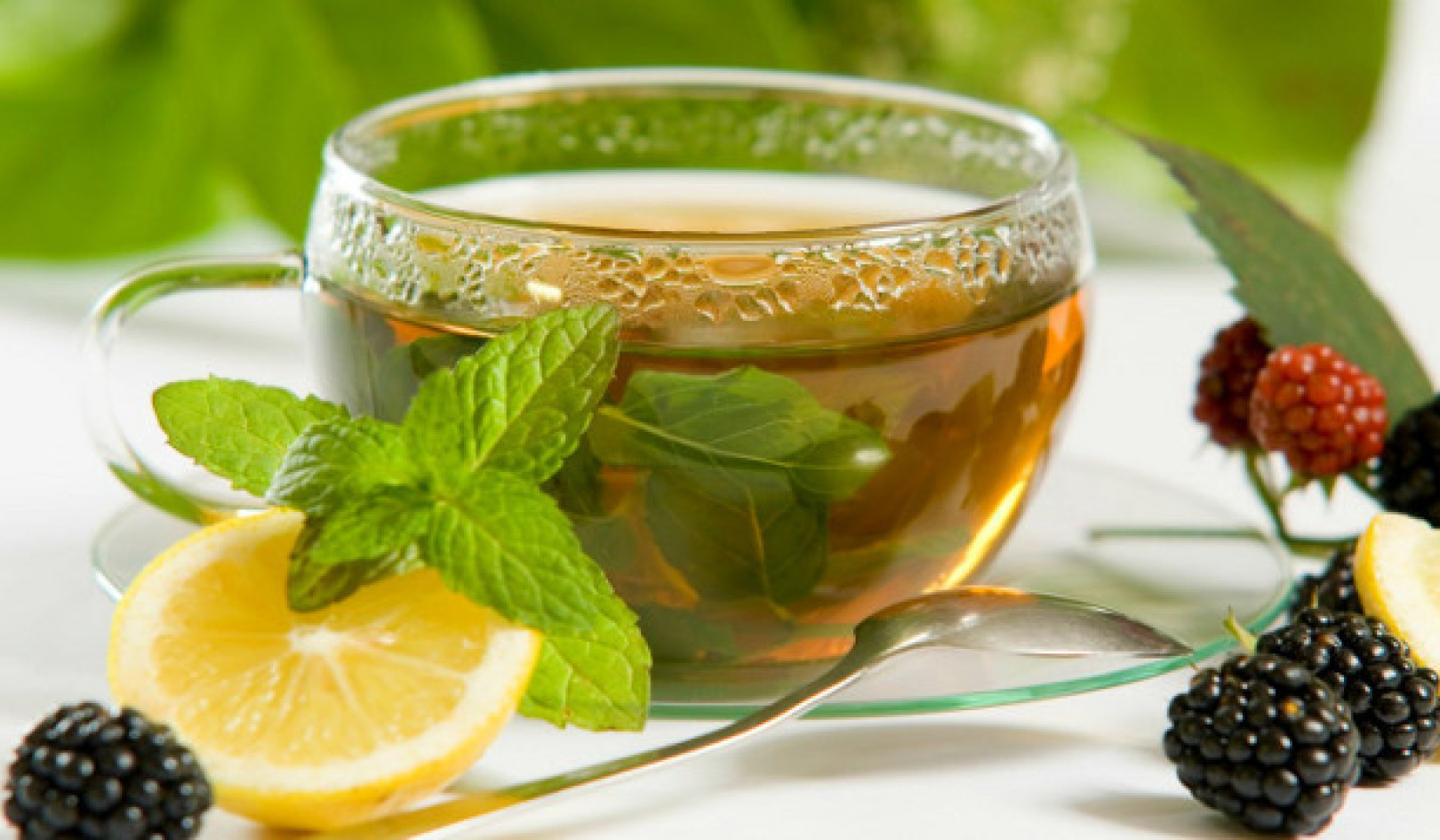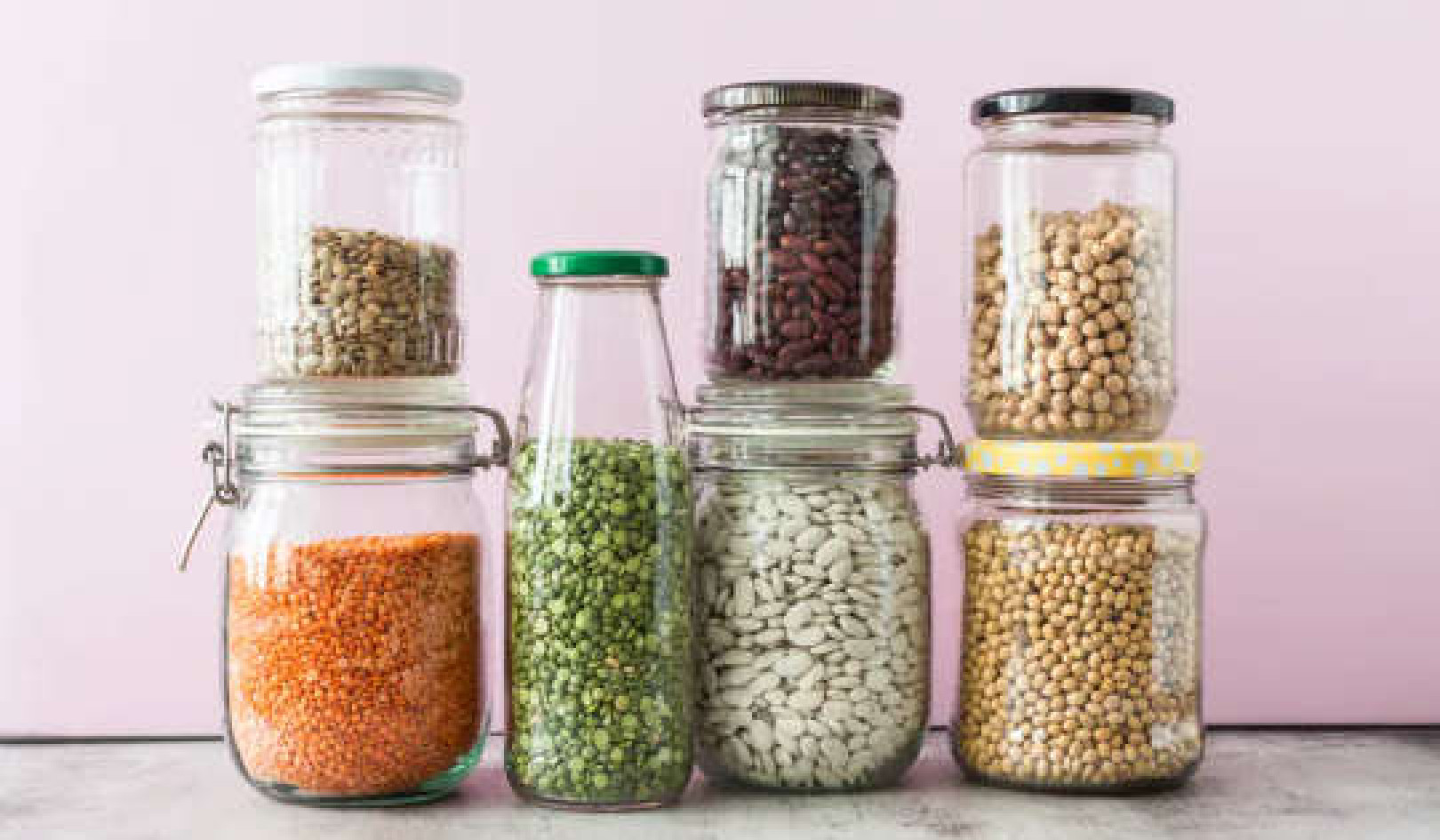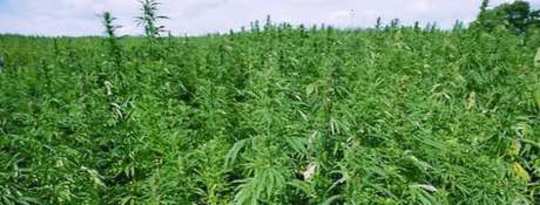
About Cannabis: Its Role in Herbal Medicine, Politics, Science, and Culture
The very basic idea of plant-as-medicine dates back to before recorded history. In the past few decades, we have seen a return to herbal remedies and treatments. Despite the pharmaceutical industry’s attempts at taking over, synthesizing, and standardizing a plant’s chemical Components, plant-based medications are the cornerstone of the practice of medicine.
Cannabis has been a medicine since at least 2800 BCE, and until the 1940s, it was listed in America’s pharmacopeia. Remains of a ritual object that contained charred hemp seeds, dating back at least 5,000 years, have been excavated in Romania. The Yanghai Tombs near Turpan, China, were excavated to reveal the 2,700-year-old grave of a Caucasoid shaman whose accoutrements included a large cache of cannabis, superbly preserved by climatic and burial conditions. The cannabis, female plants only, was presumably employed by this culture as a medicinal or psychoactive agent, or an aid to divination (Russo et al. 2008).
Get The Latest By Email
What is Hemp? Clothing, Sails, Rope, Paper, Medicine, Lamp Oil, Food
 The earliest known hemp-based textiles, woven fabrics dating back to 7000 BCE, were discovered in northern China. In India, evidence for cannabis use dates to between 1400 and 2000 BCE; and in Egypt, remnants of a cannabis plant were found on the mummified Ramses II, circa 1200 BCE. In the millennium before Christ, hemp was our planet’s largest agricultural crop — a major industry providing fabric for clothing and sails, rope, paper, canvases, medicine, lamp oil, and food.
The earliest known hemp-based textiles, woven fabrics dating back to 7000 BCE, were discovered in northern China. In India, evidence for cannabis use dates to between 1400 and 2000 BCE; and in Egypt, remnants of a cannabis plant were found on the mummified Ramses II, circa 1200 BCE. In the millennium before Christ, hemp was our planet’s largest agricultural crop — a major industry providing fabric for clothing and sails, rope, paper, canvases, medicine, lamp oil, and food.
Cannabis in the 1800s: Tinctures, Extracts, Patent Medicine
In America, cannabis was a patent medicine, an ingredient in numerous tinctures and extracts throughout the 1800s and early 1900s. In the 1930s, Harry Anslinger (the man who almost single-handedly smeared cannabis and is largely responsible for its illegality) opted for a new name for the plant, one that would be unfamiliar to Americans: marijuana. Mexican migrant workers who smoked it were demonized by his tirades against the “loco weed” which he insisted would make them insane and dangerous, raping our white women and wreaking violent havoc on us all.
Add to that the Southern black jazz musicians who were known to smoke their mezz, and you have a recipe for xenophobia and racism dictating drug policy. (And not much has changed in that regard. Blacks and Latinos have always been arrested and jailed disproportionately for all drug policy offenses.) In 1937, with the passage of the Marihuana Tax Stamp Act, this medicine — cannabis — was turned into an illegal drug — marijuana.
Cannabis Medicinal Plant: Diminish Pain, Nausea, Muscle Spasms
I prefer to use the word cannabis, when speaking medically at least, for a few reasons. Back when it was a patent medicine found in tinctures and salves, this was its name. The word marijuana was coined by a politician looking to scare the public with a new, foreign-sounding word, to align the drug with immigrants and away from the doctors who’d been prescribing cannabis for centuries. Also, because we have receptors in our brains for this drug, and these cannabinoid receptors can be stimulated to diminish pain, nausea, and muscle spasms, the drug deserves to be given a medically based name. To me, reverting to the original word cannabis helps signify a restoration of this medicinal plant to the people who can benefit from its use.
There is a healing potential in non-ordinary states of consciousness. Cannabis, MDMA, and psilocybin are all psychoactive medicines — powerful tools that physicians and patients may benefit from, but they are also considered recreational drugs with a significant potential for abuse. Whether harmful or helpful, they deserve careful study, if for no other reason than because millions of people worldwide are using them.
National Institute on Drug Addiction (NIDA): Fear-based Policies
But the National Institute on Drug Addiction (NIDA), the scientific body meant to study these substances, has put up roadblocks every step of the way, making it nearly impossible for scientists and physicians to examine the therapeutic worth of smoked cannabis.
Simply put, NIDA will fund only studies looking at risks, not benefits. Puritanical influences die hard, and there are tremendous fear-based policies and politics at work here, perhaps a natural reaction left over from our earlier incarnations as hunters and gatherers, to tread softly where “poisonous” plants are concerned. (The Greek word pharmacon means both medicine and poison.) But fear should not trump knowledge. Data from international studies as well as the few goverment-sponsored American studies show that cannabis is remarkably safe and has many potential therapeutic applications.
What is Hemp? Medicine, Relaxant, Paper, Biodegradable Bags, Fuel, Food
 This plant has thousands of uses. Even if you discount the flowering tops that can be ingested as medicine or relaxant, there is still the stalk of the plant, better known as hemp, the potential answer to many of our ecological problems. Hemp is a renewable energy source that grows easily and naturally all over America, without pesticides or soil erosion. It has the potential to replace fossil fuels. It is the raw material for paper that could help end deforestation. Instead of plastic bags made from petroleum products that end up in our treetops and in the “plastic vortex” at sea, we could be using hemp-based cellophane that is biodegradable. Instead of styrofoam that sits in our landfills for generations, we could be using compostable hemp-based cellulose.
This plant has thousands of uses. Even if you discount the flowering tops that can be ingested as medicine or relaxant, there is still the stalk of the plant, better known as hemp, the potential answer to many of our ecological problems. Hemp is a renewable energy source that grows easily and naturally all over America, without pesticides or soil erosion. It has the potential to replace fossil fuels. It is the raw material for paper that could help end deforestation. Instead of plastic bags made from petroleum products that end up in our treetops and in the “plastic vortex” at sea, we could be using hemp-based cellophane that is biodegradable. Instead of styrofoam that sits in our landfills for generations, we could be using compostable hemp-based cellulose.
Cannabis seeds (delicious toasted) are a complete-protein vegetarian food. They also make good feed for livestock and poultry. Hempseed oil, unlike flaxseed oil, has the exact ratio (3:1) of the essential fatty acids omega 6 to omega 3, required by our bodies. It tastes better than flaxseed oil and won’t create essential fatty acid deficiencies over time if used as continuously as flaxseed oil can (Schwab 2006).
Besides being a nutritious food, hempseed oil, once used to light Lincoln’s oil lap, is a biodiesel fuel that could help to end our dependence on foreign oil. Any one of these indications (medicine, food, fuel) would be enough to earn cannabis the respect and attention it deserves, yet our society continues to demonize and vilify it, outlawing it primarily because it makes people giddy. It makes them laugh. As a psychiatrist, I must tell you: This is insanity.
This article was excerpted with permission from the book:
 The Pot Book: A Complete Guide to Cannabis
The Pot Book: A Complete Guide to Cannabis
edited by Julie Holland M.D. (chapter intros written by Julie)
Reprinted with permission of the publisher, Park Street Press, an imprint of Inner Traditions Inc. ©2010. www.innertraditions.com
Click here for more info or to order this book on Amazon.
About the Author
 Julie Holland, M.D., is a psychiatrist who specializes in psychopharmacology and a clinical assistant professor of psychiatry at NYU School of Medicine. An expert on street drugs and intoxication states, she was the attending psychiatrist in the Psych ER at Bellevue Hospital from 1996 to 2005 and regularly appears on the Today Show. She is the editor of The Pot Book: A Complete Guide to Cannabis and Ecstasy: The Complete Guide and the author of the bestselling Weekends at Bellevue. Visit her website at www.drholland.com
Julie Holland, M.D., is a psychiatrist who specializes in psychopharmacology and a clinical assistant professor of psychiatry at NYU School of Medicine. An expert on street drugs and intoxication states, she was the attending psychiatrist in the Psych ER at Bellevue Hospital from 1996 to 2005 and regularly appears on the Today Show. She is the editor of The Pot Book: A Complete Guide to Cannabis and Ecstasy: The Complete Guide and the author of the bestselling Weekends at Bellevue. Visit her website at www.drholland.com






